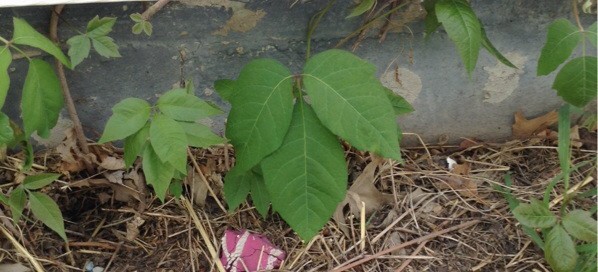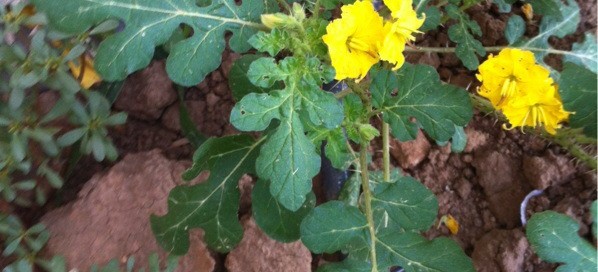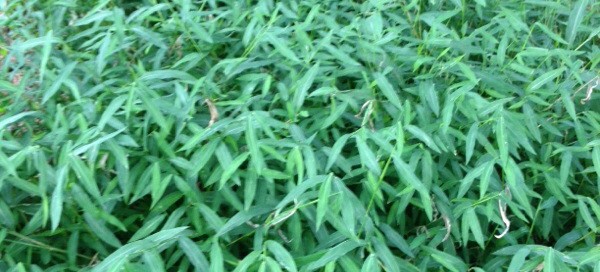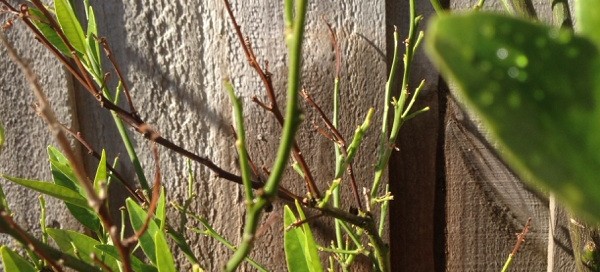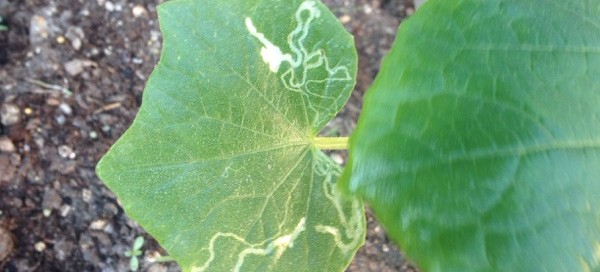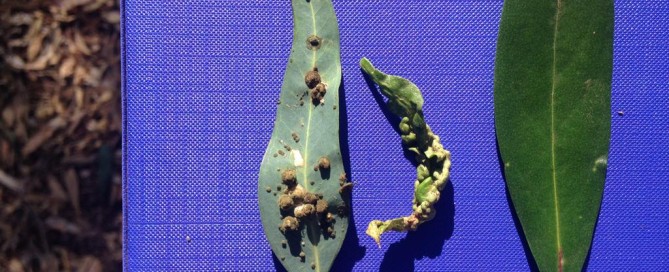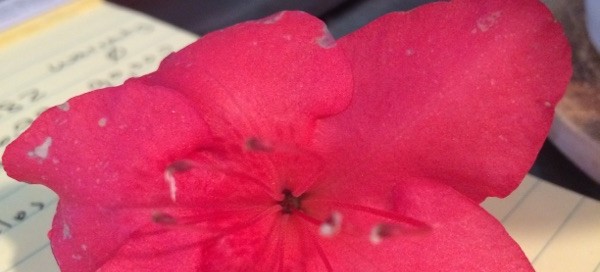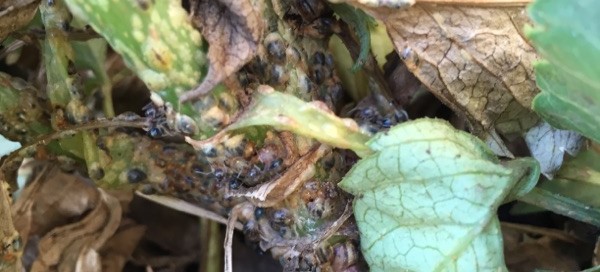Poison Ivy
This may be poison ivy. The adage "leaves of 3, let it be" is important for poison ivy because it can be a shrub or a woody vine. Found most everywhere, it adapts to sun or shade conditions, various soil types, as well as wet or dry environments and can have different leaf shapes. When the plant is young, its stems are a light reddish-green to red and can be hairy or hairless. When the plant matures more, the stems become brown and woody. In the summer, the leaves tend to have a shiny coat, making it difficult to spray with a product to kill it. Also forms tiny flowers in the summer followed by berries. If it is growing in your garden , we suggest you dig it out and wear gloves. Dispose in the trash, not a compost pile, and do not burn as the toxins will become airborne.
If a small patch, pouring boiling water on them repeatedly can weaken them enough so you can defeat more of the plant, more quickly. (We do realize that hauling boiling water around can be a daunting proposition.)
